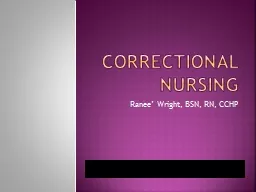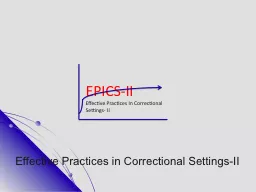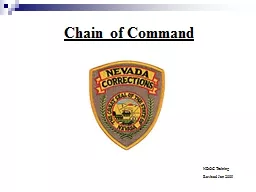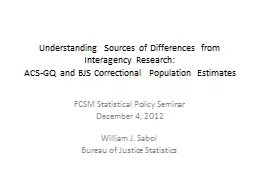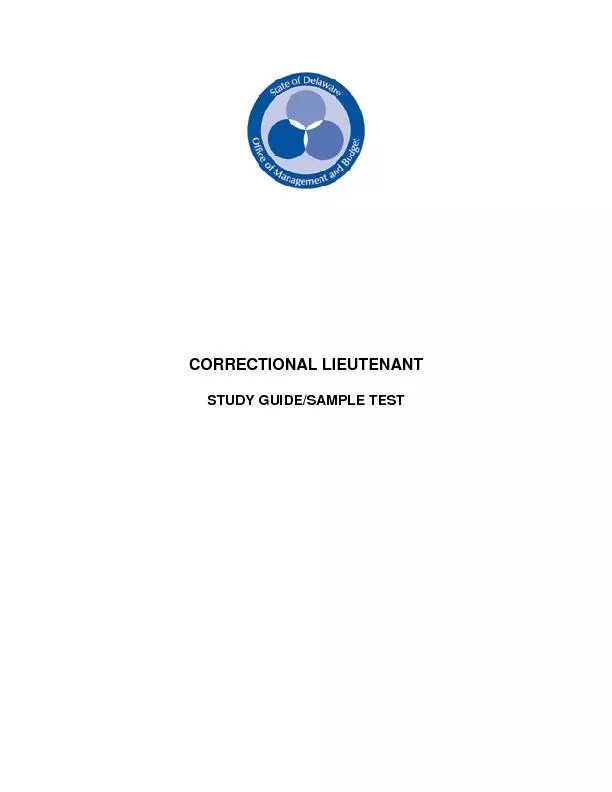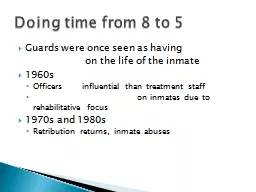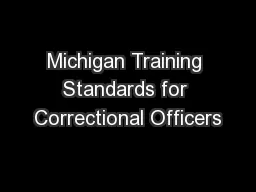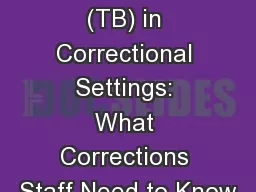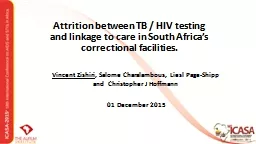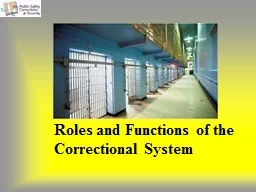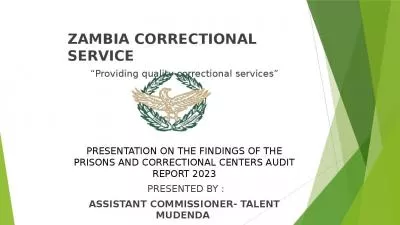PPT-Correctional Nursing
Author : lindy-dunigan | Published Date : 2017-12-05
Ranee Wright BSN RN CCHP Happy Forensic Nurses Week Changing the Dynamic Is anyone currently working in corrections or have ever worked as a Correctional nurse
Presentation Embed Code
Download Presentation
Download Presentation The PPT/PDF document "Correctional Nursing" is the property of its rightful owner. Permission is granted to download and print the materials on this website for personal, non-commercial use only, and to display it on your personal computer provided you do not modify the materials and that you retain all copyright notices contained in the materials. By downloading content from our website, you accept the terms of this agreement.
Correctional Nursing: Transcript
Download Rules Of Document
"Correctional Nursing"The content belongs to its owner. You may download and print it for personal use, without modification, and keep all copyright notices. By downloading, you agree to these terms.
Related Documents

